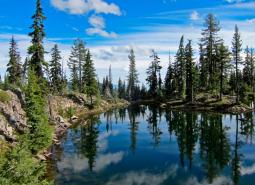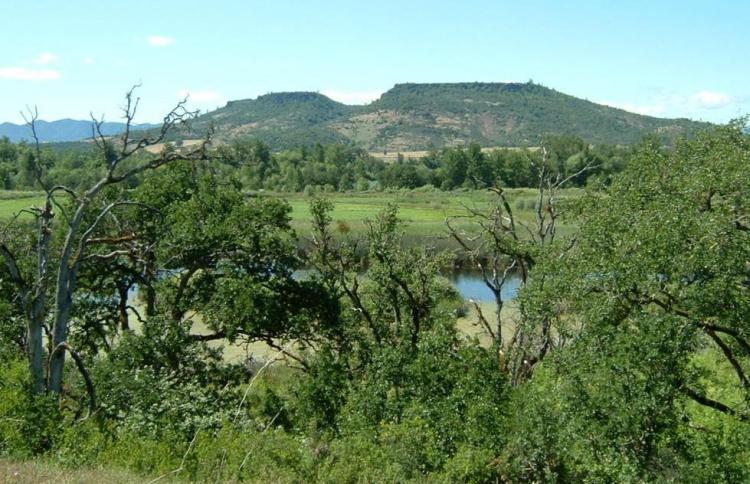
This area includes important valley bottom habitat in the Rogue Watershed including the confluence of the Rogue River and Little Butte Creek, Upper and Lower Table Rock, and Vernal Pool habitat.
COA ID: 097
Ecoregions
Strategy Habitats
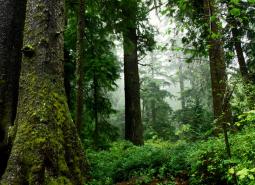
Late Successional Mixed Conifer Forests
Late successional mixed conifer forests provide a multi-layered tree canopy, including large-diameter trees, shade-tolerant tree species in the understory, and a high volume of dead wood, such as snags and logs.
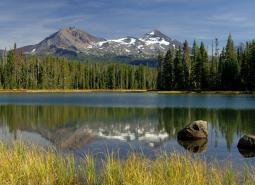
Natural Lakes
Natural lakes are relatively large bodies of freshwater surrounded by land. For the purposes of the Conservation Strategy, natural lakes are defined as standing water bodies larger than 20 acres, including some seasonal lakes.
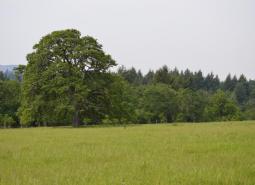
Oak Woodlands
Oak woodlands are characterized by an open canopy dominated by Oregon white oak.
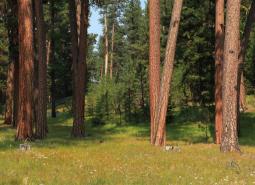
Ponderosa Pine Woodlands
Ponderosa pine woodlands are dominated by ponderosa pine, but may also have lodgepole pine, western juniper, aspen, western larch, grand fir, Douglas-fir, mountain mahogany, incense cedar, sugar pine, or white fir, depending on ecoregion and site conditions. Their understories are variable combinations of shrubs, herbaceous plants, and grasses.
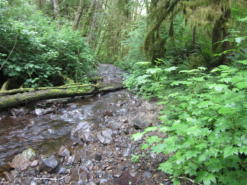
Flowing Water and Riparian Habitats
Flowing Water and Riparian Habitats include all naturally occurring flowing freshwater streams and rivers throughout Oregon as well as the adjacent riparian habitat.
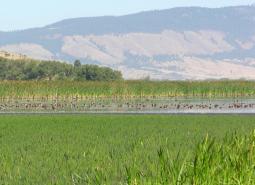
Wetlands
Wetlands are covered with water during all or part of the year. Permanently wet habitats include backwater sloughs, oxbow lakes, and marshes, while seasonally wet habitats include seasonal ponds, vernal pools, and wet prairies.
Strategy Species

Acorn Woodpecker (Observed)
Melanerpes formicivorus
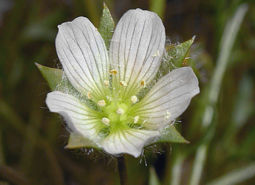
Big-flowered Wooly Meadowfoam (Observed)
Limnanthes floccosa ssp. grandiflora
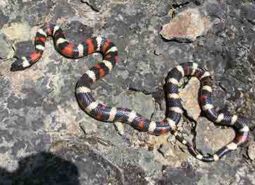
California Mountain Kingsnake (Observed)
Lampropeltis zonata
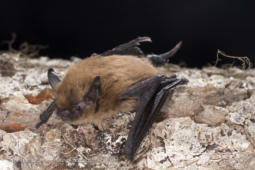
California Myotis (Observed)
Myotis californicus
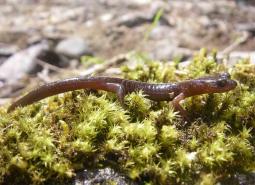
Clouded Salamander (Modeled Habitat)
Aneides ferreus
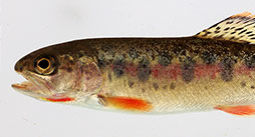
Coastal Cutthroat Trout (Documented)
Oncorhynchus clarki clarki
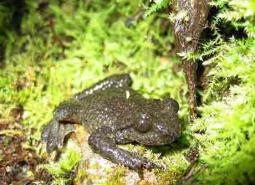
Coastal Tailed Frog (Modeled Habitat)
Ascaphus truei
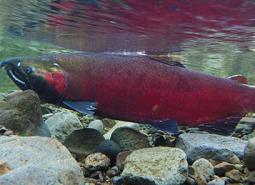
Coho Salmon (Documented)
Oncorhynchus kisutch
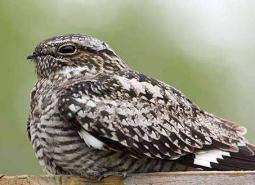
Common Nighthawk (Observed)
Chordeiles minor

Cook’s Desert Parsley (Observed)
Lomatium cookii
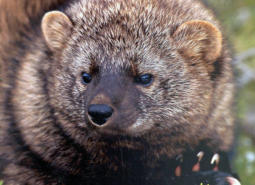
Fisher (Observed)
Pekania pennanti
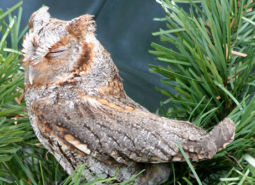
Flammulated Owl (Modeled Habitat)
Psiloscops flammeolus
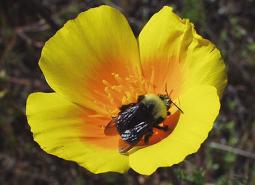
Franklin’s Bumble Bee (Observed)
Bombus franklini
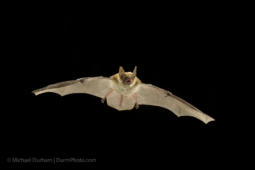
Fringed Myotis (Modeled Habitat)
Myotis thysanodes
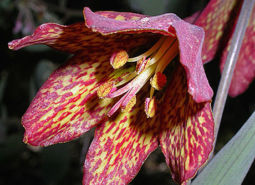
Gentner’s Fritillary (Observed)
Fritillaria gentneri
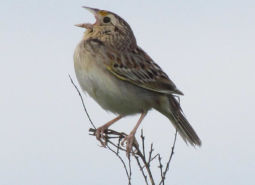
Grasshopper Sparrow (Observed)
Ammodramus savannarum perpallidus
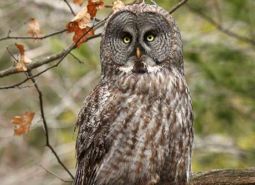
Great Gray Owl (Observed)
Strix nebulosa

Hoary Bat (Observed)
Lasiurus cinereus
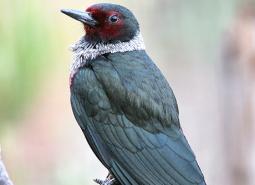
Lewis’s Woodpecker (Observed)
Melanerpes lewis
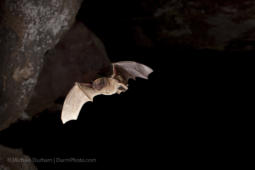
Long-legged Myotis (Modeled Habitat)
Myotis volans
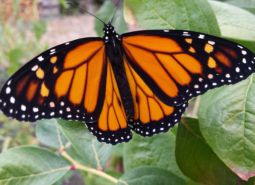
Monarch Butterfly (Observed)
Danaus plexippus
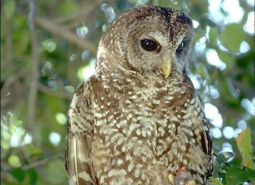
Northern Spotted Owl (Observed)
Strix occidentalis caurina
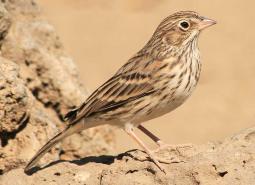
Oregon Vesper Sparrow (Observed)
Pooecetes gramineus affinis

Pallid Bat (Observed)
Antrozous pallidus
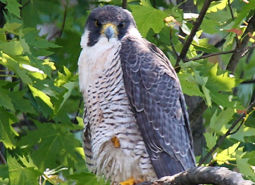
Peregrine Falcon (Observed)
Falco peregrinus anatum
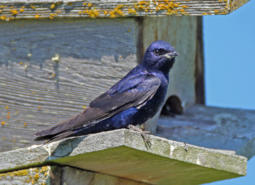
Purple Martin (Observed)
Progne subis arboricola
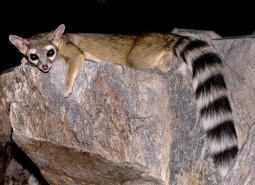
Ringtail (Modeled Habitat)
Bassariscus astutus
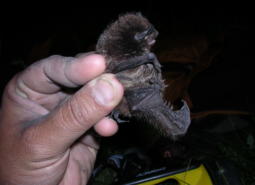
Silver-haired Bat (Observed)
Lasionycteris noctivagans
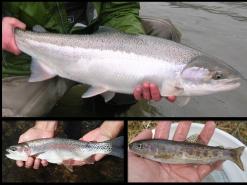
Steelhead / Rainbow / Redband Trout (Documented)
Oncorhynchus mykiss ssp
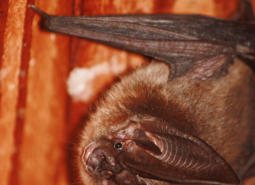
Townsend’s Big-eared Bat (Observed)
Corynorhinus townsendii
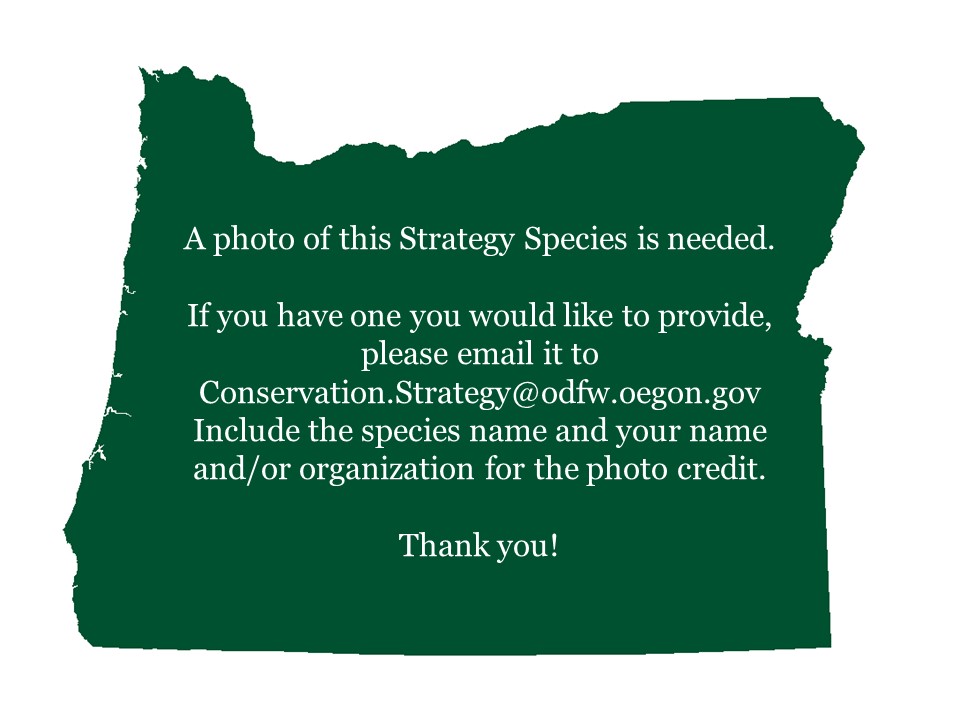
Vernal Pool Fairy Shrimp (Observed)
Branchinecta lynchi
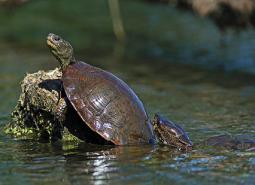
Northwestern Pond Turtle (Observed)
Actinemys marmorata
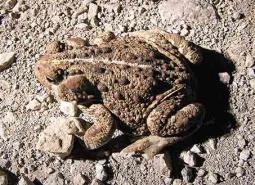
Western Toad (Observed)
Anaxyrus boreas
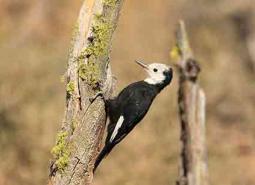
White-headed Woodpecker (Observed)
Picoides albolarvatus
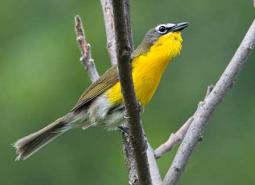
Yellow-breasted Chat (Observed)
Icteria virens auricollis
